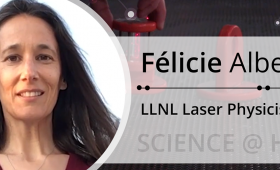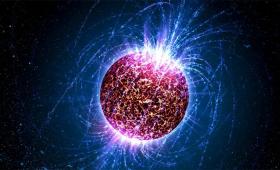Join Félicie Albert, LLNL laser physicist, as she demonstrates some awesome physics magic at home!
Science and Technology
in the News
Science and Technology
in the News
News Center
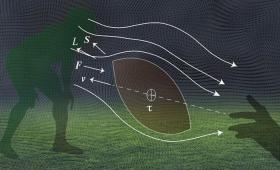
A team of researchers resolves the paradox of the tight spiraling of the tip of a perfectly thrown football around the trajectory of its parabolic path of flight.
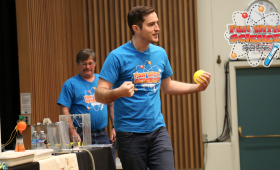
Water is decomposed into its gaseous components and then reformed in this explosive demonstration. In this experiment, electrolysis of water and the combustion of hydrogen and oxygen are used to demonstrate chemical reactions.
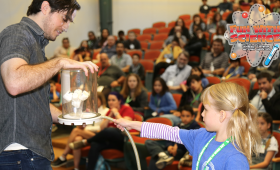
The surprising strength of air pressure is revealed by a series of simple experiments using a vacuum chamber and marshmallows to mimic the effects of entering the vacuum of space.
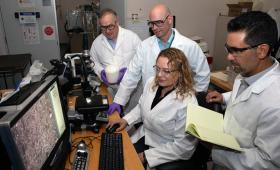
A shape memory foam material developed by Lawrence Livermore researchers is the foundation of a lifesaving medical device that has won a national technology transfer award.
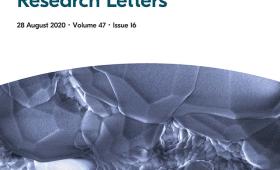
Researchers synthesize methane hydrate and measure its electrical conductivity to aid in estimating hydrate concentration on the seafloor.
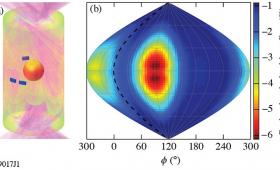
Data correlating two factors that lead to implosion asymmetries have brought LLNL scientists a step closer to understanding the gap between simulations and performance of inertial confinement fusion experiments.

Warren works to ensure that the water we use stays safe and clean by analyzing and designing technologies for groundwater remediation.
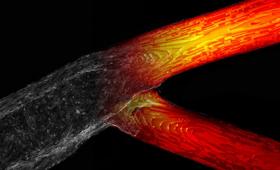
Livermore scientists have paired 3D-printed, living human brain vasculature with advanced computational flow simulations to better understand tumor cell attachment to blood vessels.


